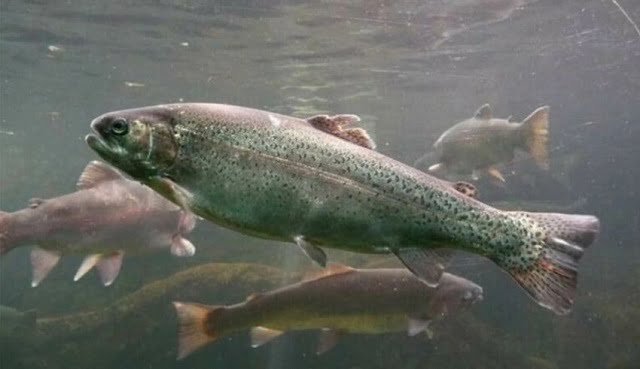
Nutritional immunity regulates the homeostasis of micronutrients such as iron, manganese, and zinc at the systemic and cellular levels, preventing invasive microorganisms from accessing them and thus limiting their infective process.
Based on this premise, researchers from the Universidad Austral de Chile (UACh)/INCAR and Universidad San Sebastián (USS) Patagonia campus evaluated the activation of nutritional immunity in Atlantic salmon (Salmo salar) intraperitoneally stimulated with live and inactivated Piscirickettsia salmonis.
Piscirickettsiosis
Piscirickettsiosis is caused by the bacterium Piscirickettsia salmonis and, despite becoming one of the most lethal diseases in the Chilean salmon industry, effective antimicrobial treatments to eliminate the disease are not yet known.
Various studies highlight the ability of the bacteria P. salmonis to modulate the immune system of Atlantic salmon for its own persistence and replication.
Activation of Salmon Nutritional Immunity
The study titled “Live and inactivated Piscirickettsia salmonis activated nutritional immunity in Atlantic salmon (Salmo salar)” by Danixa Martínez, Ricardo Oyarzún-Salazar, Ana María Quilapi, José Coronado, Ricardo Enriquez, Carolina Vargas-Lagos, Cristian Oliver, Natacha Santibañez, Marcos Godoy, José Luis Muñoz, Luis Vargas-Chacoff, and Alex Romero concluded that both live and attenuated P. salmonis are capable of modulating the plasma and hepatic iron content, which is related to the regulation of key genes involved in the metabolism of micronutrients such as iron, zinc, and manganese.
The study used samples of liver tissue and blood/plasma from fish intraperitoneally inoculated with P. salmonis and evaluated at 3, 7, and 14 days post-infection (dpi). The findings indicated a decrease in hematocrit at 3 and 7 dpi in fish stimulated with live P. salmonis, with no changes observed in fish challenged with inactivated P. salmonis. Additionally, a decrease in plasma iron content was observed in fish stimulated with both live and inactivated P. salmonis at 3 dpi.
Similarly, a positive modulation of the expression of immune-nutritional genes in the liver associated with iron metabolism, such as tfr1, dmt1, and ireg1, was observed in both experimental conditions analyzed.
This trend was not observed for the genes zip8, ft-h, and hamp, whose expression was decreased. Additionally, the intracellular hepatic iron content increased at 7 and 14 dpi in fish stimulated with live and inactivated P. salmonis, while the zinc content decreased at 14 dpi, with no changes observed in manganese content in fish subjected to both experimental conditions.
Stay Always Informed
Join our communities to instantly receive the most important news, reports, and analysis from the aquaculture industry.
“The findings suggest that nutritional immunity is unable to differentiate between live, dead, or inactivated pathogens. In this regard, the activation of this response could be induced by the detection of specific PAMPs rather than the establishment of functional bacterial machinery,” they report.
Conclusion
According to the researchers, “the results suggest that nutritional immunity does not distinguish between live and inactivated P. salmonis, causing a similar immune response, and it self-activates upon the detection of bacterial PAMPs, rather than through sequestration and/or competition of micronutrients by live P. salmonis.”
The study was funded by Fondecyt, Fodap-Ideal, and ANID-Millennium Science Initiative Programa Center.
Reference (open access)
Martínez D, Oyarzún-Salazar R, Quilapi AM, Coronado J, Enriquez R, Vargas-Lagos C, Oliver C, Santibañez N, Godoy M, Muñoz JL, Vargas-Chacoff L and Romero A (2023) Live and inactivated Piscirickettsia salmonis activated nutritional immunity in Atlantic salmon (Salmo salar). Front. Immunol. 14:1187209.
Editor at the digital magazine AquaHoy. He holds a degree in Aquaculture Biology from the National University of Santa (UNS) and a Master’s degree in Science and Innovation Management from the Polytechnic University of Valencia, with postgraduate diplomas in Business Innovation and Innovation Management. He possesses extensive experience in the aquaculture and fisheries sector, having led the Fisheries Innovation Unit of the National Program for Innovation in Fisheries and Aquaculture (PNIPA). He has served as a senior consultant in technology watch, an innovation project formulator and advisor, and a lecturer at UNS. He is a member of the Peruvian College of Biologists and was recognized by the World Aquaculture Society (WAS) in 2016 for his contribution to aquaculture.




